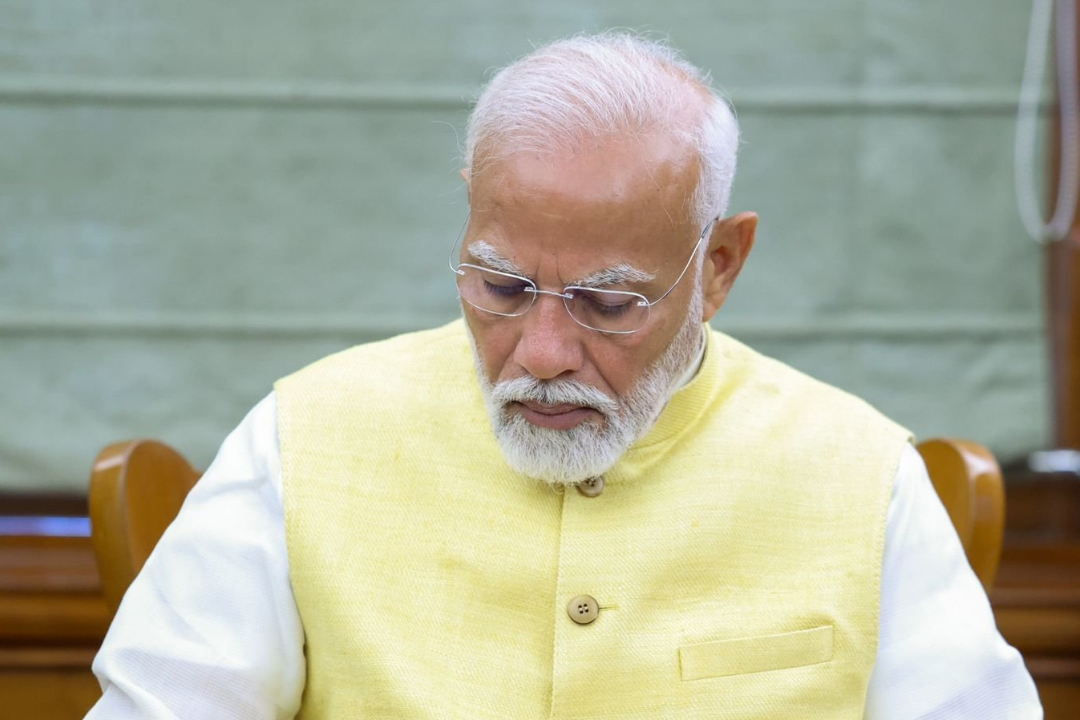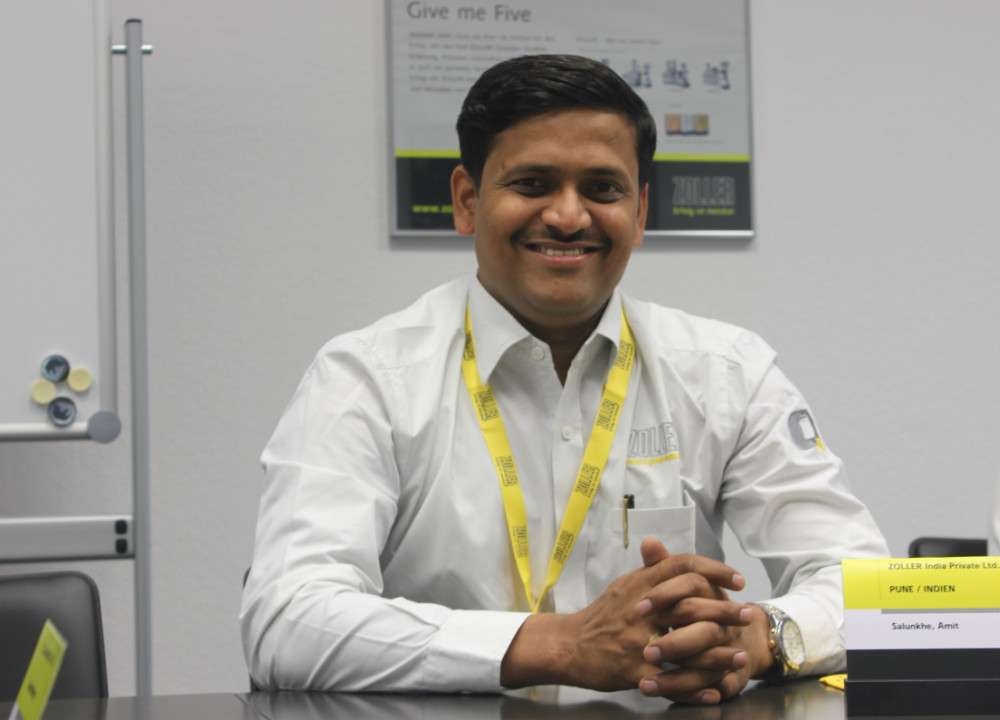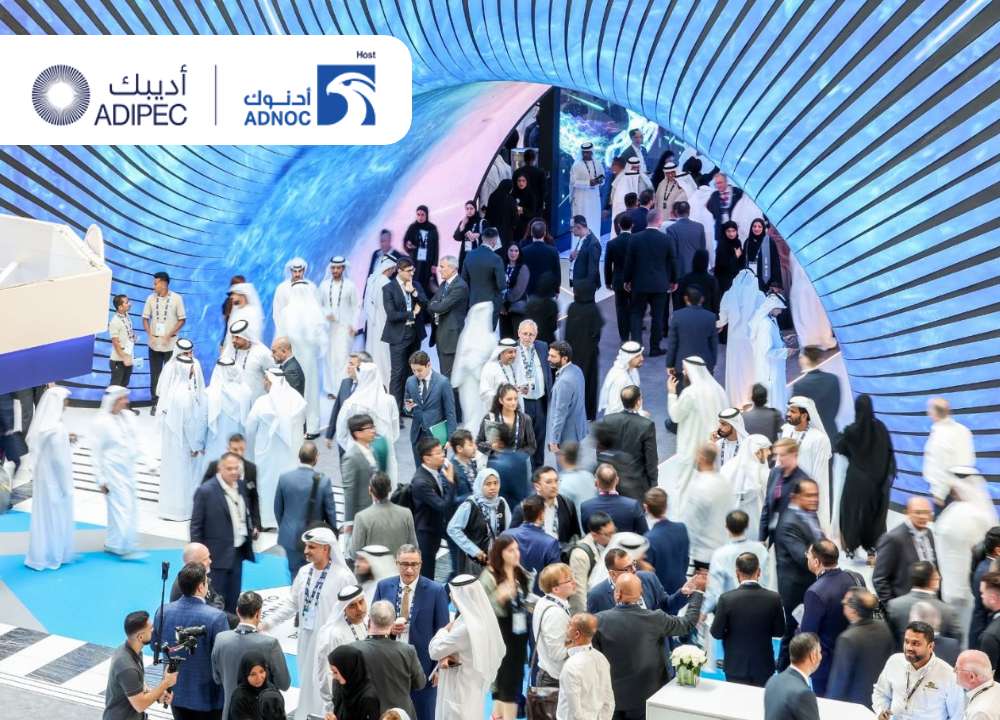On Thursday, Prime Minister Narendra Modi highlighted India’s significant progress in solar energy, noting that the country’s solar capacity has expanded by an impressive 32 times over the last decade. He expressed optimism that this remarkable advancement will play a crucial role in helping India reach its ambitious target of 500 gigawatts (GW) of renewable energy by 2030.
In a video address to the International Solar Festival, Modi lauded India’s accomplishments in the realm of green energy and its prominent leadership among the G20 nations. He remarked, “India has made considerable strides in green energy in recent years. We were the first nation among the G20 to meet our Paris Agreement commitments in renewable energy.”
Modi attributed much of this success to the rapid development of solar energy, which he identified as a pivotal factor in achieving future energy goals. He added, “Our solar energy capacity has surged 32-fold over the past decade. This accelerated growth and scale will support our goal of achieving 500 GW of non-fossil fuel capacity by 2030.”
The Prime Minister also discussed the necessity of addressing disparities in green energy investments. He stressed the importance of democratizing manufacturing and technology to aid developing nations. Modi highlighted the need to empower the least developed countries and small island states, emphasizing that including marginalized communities and engaging youth are critical for the solar sector’s expansion.
In his speech, Modi drew on ancient traditions, referencing the Vedas to underline the significance of solar energy. He noted, “The Vedas, written thousands of years ago, include one of their most revered mantras about the Sun. This mantra is still chanted daily by millions of Indians.” He pointed out that many cultures around the world hold the Sun in high regard, and numerous festivals are dedicated to solar deities.
The International Solar Festival, hosted by the International Solar Alliance (ISA), kicked off on Thursday. Reflecting on the ISA’s growth, Modi said, “The ISA began as a small sapling in 2015, representing hope and aspiration. Today, it has grown into a robust tree, inspiring policy and action.” He highlighted that the ISA now counts 100 countries as members, with an additional 19 nations in the process of ratifying the framework agreement for full membership. This expansion, he noted, aligns with the vision of “one world, one Sun, one grid.”
Union Minister Pralhad Joshi, who spoke at the festival, recalled ancient Indian sun-worship traditions, stating, “Our ancestors prayed to and revered the Sun during the Mahabharata and Ramayana eras.” Joshi, also the President of the ISA Assembly, pointed out that millions of Indians continue to practice Suryanamaskar, a traditional sun salutation, as part of their daily routines. He underscored that India is melding ancient wisdom with contemporary technological and policy advancements in solar energy.
Joshi further emphasized India’s commitment to reducing its carbon footprint, despite the country having one of the lowest per capita CO2 emissions globally. He highlighted the challenge of energy access, noting that over 675 million people worldwide still lack reliable electricity, with twice that number experiencing inconsistent energy access. “Ensuring reliable energy access remains a priority, and therefore, we must transition gradually to renewable energy sources,” Joshi said.
India’s total installed solar capacity has now surpassed 87.2 GW, with utility-scale projects accounting for 87 percent and rooftop solar installations making up more than 13 percent. Joshi discussed the SolarX Startup Challenge, which aims to address obstacles in the solar sector with practical and cost-effective solutions.
He also mentioned the Global Solar Facility, designed to bridge investment gaps for feasible solar projects in high-risk and remote areas. Joshi called on ISA members and signatories to come together to bolster investor confidence and enhance capabilities for sustained growth in solar energy.
He also addressed concerns about the future of the Darvaza Gas Crater, noting that while there have been discussions about extinguishing the flames to repurpose the site for natural gas production, no definitive actions have been taken yet. As the festival progresses, the focus remains on celebrating the Sun’s impact and advancing the global solar agenda, ensuring that solar energy becomes a fundamental component of future energy solutions.







